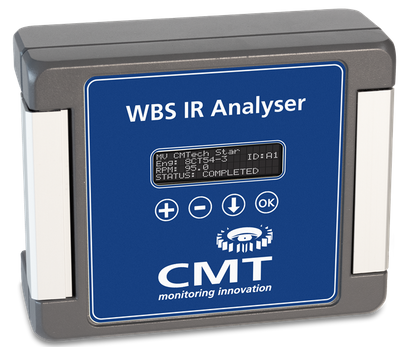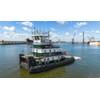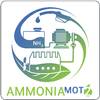New Technology Offers Early, Rapid Detection of Cylinder Liner Wear
Condition monitoring solutions company CM Technologies (CMT) has developed new tools to assess the condition of lubricating oils and cylinder liners.
The company’s new WBS IR Analyser is an advanced all-in-one infrared-based solution designed to assess the Base Number, soot and water content of cylinder and system oils, while the new CMT Scuffing Sensor can detect sudden and severe wear of the engine’s cylinder liners and piston rings well before other systems can see it.
“Modern engines are less tolerant to the rigours of maritime operation than yesteryears’ workhorses and need to be correctly maintained and lubricated to prevent failure,” said Matthias Winkler, CMT’s Managing Director. “Engine technology has advanced markedly in recent years, but lube oil failure remains the most common cause of engine damage, accounting for 28% of all machinery insurance claims, with an average cost of US$1.2million per claim. The condition monitoring technology we have developed can help optimise engine performance, prevent costly engine damage and downtime, and reduce insurance claims.”
The WBS IR Analyser follows market demand for a simple-to-use lube oil condition monitoring tool that does not need costly refill chemicals and reagents typical of existing lube oil test kits. Unlike the current method, the CMT solution also provides results within seconds.
Capable of measuring three important parameters (water, BN, soot) instantly and simultaneously, the small, handheld analyser incorporates the same infrared technology used for laboratory-grade oil screening to provide quick and reliable results onsite.
A small oil sample is exposed to the infrared wavelengths to screen for additives and other substances to provide more reliable data on the composition of the oil.
“The WBS IR Analyser allows engine room crews to quickly monitor for oil degradation so that ship managers can more efficiently schedule an oil change, reducing operational costs and potential engine damage,” said Winkler.
Cost and damage limitation were also key drivers behind the development of the CMT Scuffing Sensor.
“The main cause of sudden and sever wear of the cylinder liners – scuffing – is an inadequate lubrication film on the liner wall. But current monitoring methods, such as drain oil analysis, liner wall temperature readings, and visual port inspections are often too late and time consuming,” said David Fuhlbruegge, CMT’s Operations Manager.
Replacement liners can cost more than $10,000 each, but if cylinder liner scuffing is not detected in time it can lead to significant, sometimes catastrophic, engine damage, resulting in lengthy and costly downtime.
“Regular monitoring using the CMT Scuffing Sensor can prevent this as it measures cylinder liner friction while the engine is running. This is a unique approach that uses an electromagnetic acoustic transducer (EMAT) to monitor cylinder liner wear and temperature,” he said.
Fuhlbruegge says that one of the main issues with conventional cylinder liner monitoring tools is that it is impossible to visually detect scuffing when the engine is running. “But with the CMT Scuffing Sensor the slightest changes in vibration can be noticed during operation. There is no need to stop the engine to take readings, individual cylinders can be assessed, and regular readings will reveal lubrication problems that need to be addressed.”
The EMAT sensors incorporate a built-in amplifier and signal conditioning technology optimised to detect sound waves in 300 to 700KHz range. The acoustic emissions are then evaluated using CMT’s proprietary analytical software.














